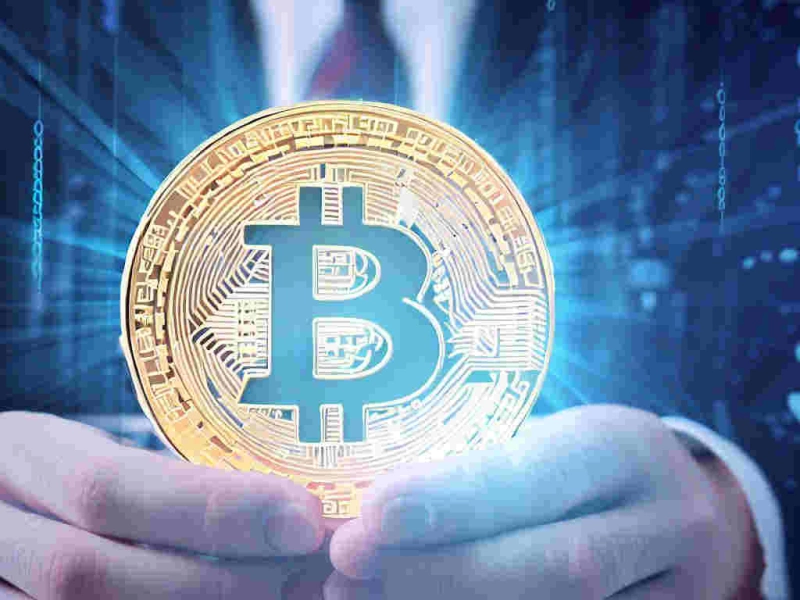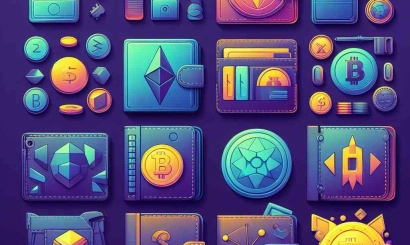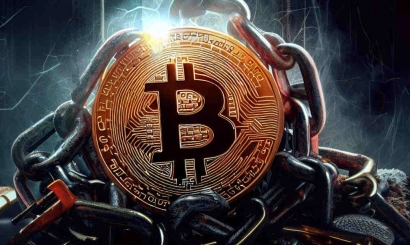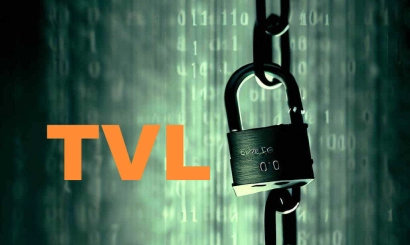The Lightning Network protocol enables near-instant cryptocurrency transactions with minimal fees. Recent events, such as the May BRC-20 token surge that congested the Bitcoin network, have highlighted the need for such solutions. Even Binance, the world's largest crypto exchange, had to temporarily suspend Bitcoin withdrawals and is now working on Lightning Network integration.
Technical Background
Introduced in 2015 by developers Joseph Poon and Thaddeus Drija, the Lightning Network (LN) serves as a scaling solution for Bitcoin's limited transaction capacity. Since its inception, developers worldwide have collaborated to enhance both the protocol and its supporting tools.
Operational Mechanism
The Lightning Network functions like an express lane alongside Bitcoin's main highway. It creates dedicated payment channels where users can conduct instant transactions off the main blockchain. Users establish these channels by creating shared addresses with initial Bitcoin deposits. Transactions occur within these channels, with final balances recorded on the blockchain only when channels close. Users can also utilize existing channels as payment intermediaries for a small fee.
Implementation Challenges
Despite its potential, Lightning Network faces several adoption hurdles:
- Technical complexity in channel management
- Poor user interface design in existing applications
- Lack of standardization across different implementations
- Limited channel liquidity due to required Bitcoin locks
- Trust issues stemming from limited widespread adoption
Investment Landscape
Despite challenges, the protocol attracts significant investment:
- Lightning Labs secured $80 million for their Taro protocol development
- Strike raised $80 million for retail partnerships
- Amboss and Mash platforms received approximately $10 million combined
Future Outlook
As Bitcoin's scaling challenges persist, Lightning Network's importance grows. Success depends on:
- Simplified user interfaces
- Better interoperability between solutions
- Enhanced user experience
- Improved liquidity management
- Strengthened security measures
The protocol shows promise but requires significant development before achieving mainstream adoption.







